PPT-Rigid body matching/fitting in intermediate-low resolution density
Author : queenie | Published Date : 2024-01-29
Agnel Praveen Joseph STFC Harwell Sample classigication Taxonomy Pfam domains fitted models Uniprot ID text search Pfam link Alignment scores transformation
Presentation Embed Code
Download Presentation
Download Presentation The PPT/PDF document "Rigid body matching/fitting in intermedi..." is the property of its rightful owner. Permission is granted to download and print the materials on this website for personal, non-commercial use only, and to display it on your personal computer provided you do not modify the materials and that you retain all copyright notices contained in the materials. By downloading content from our website, you accept the terms of this agreement.
Rigid body matching/fitting in intermediate-low resolution density: Transcript
Download Rules Of Document
"Rigid body matching/fitting in intermediate-low resolution density"The content belongs to its owner. You may download and print it for personal use, without modification, and keep all copyright notices. By downloading, you agree to these terms.
Related Documents

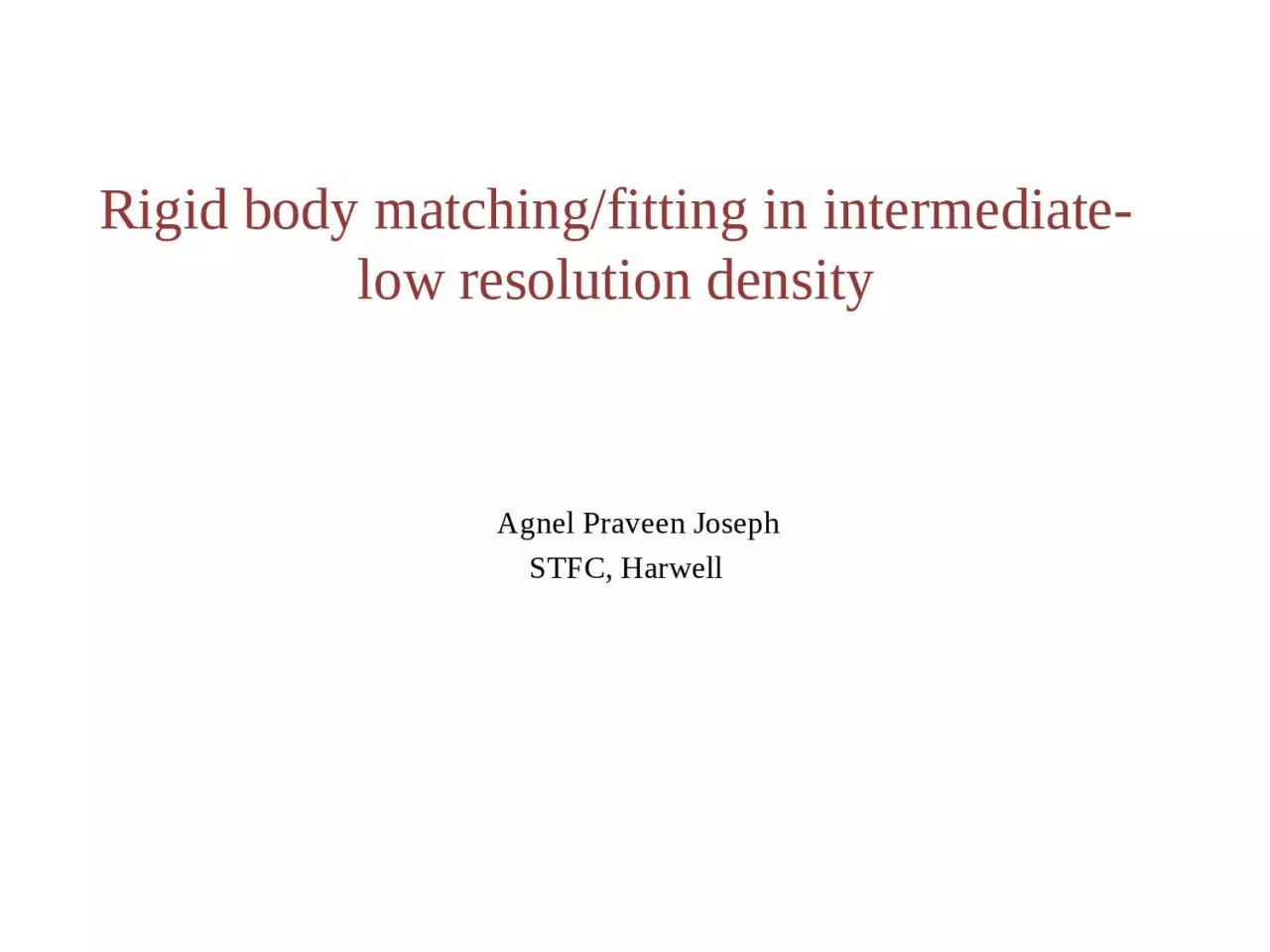

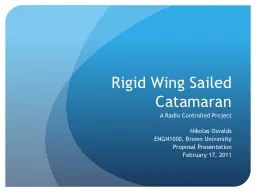
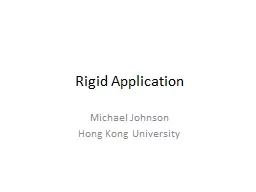
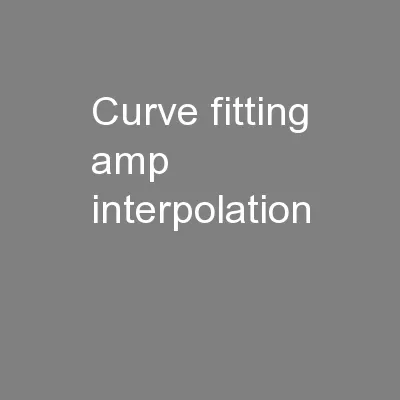
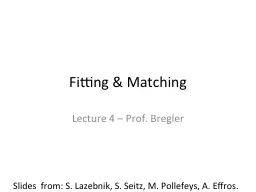
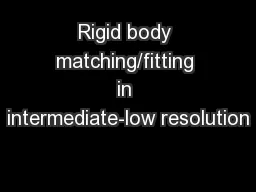
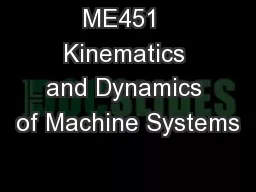
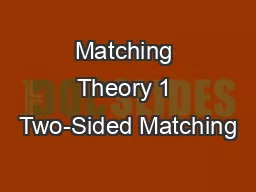
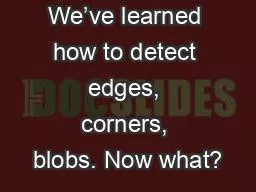
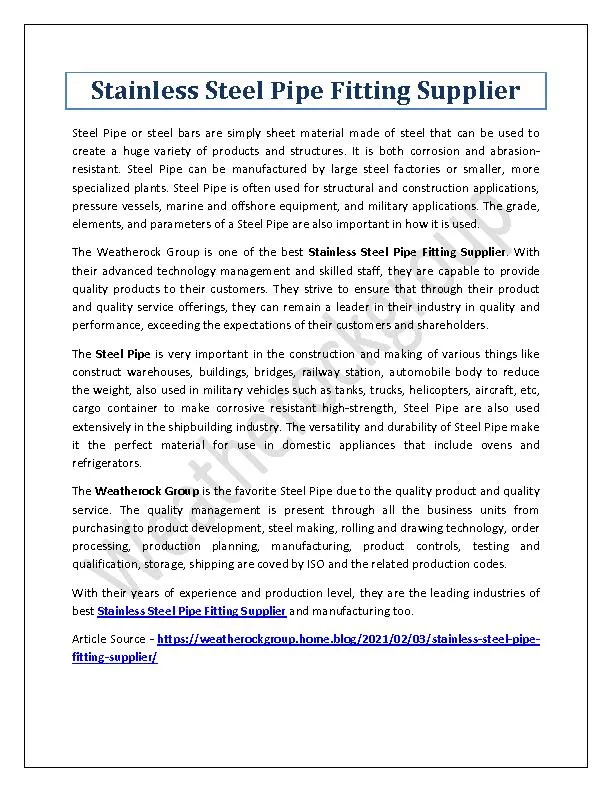
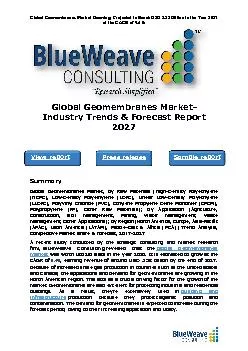
![[READ] Low Carb: Low Carb Weight Loss Secrets Box Set (Dash Diet, Slow Cooker Meals, Low](https://thumbs.docslides.com/881235/read-low-carb-low-carb-weight-loss-secrets-box-set-dash-diet-slow-cooker-meals-low-carb-cookbook-low-carb-recipes-low-car.jpg)
